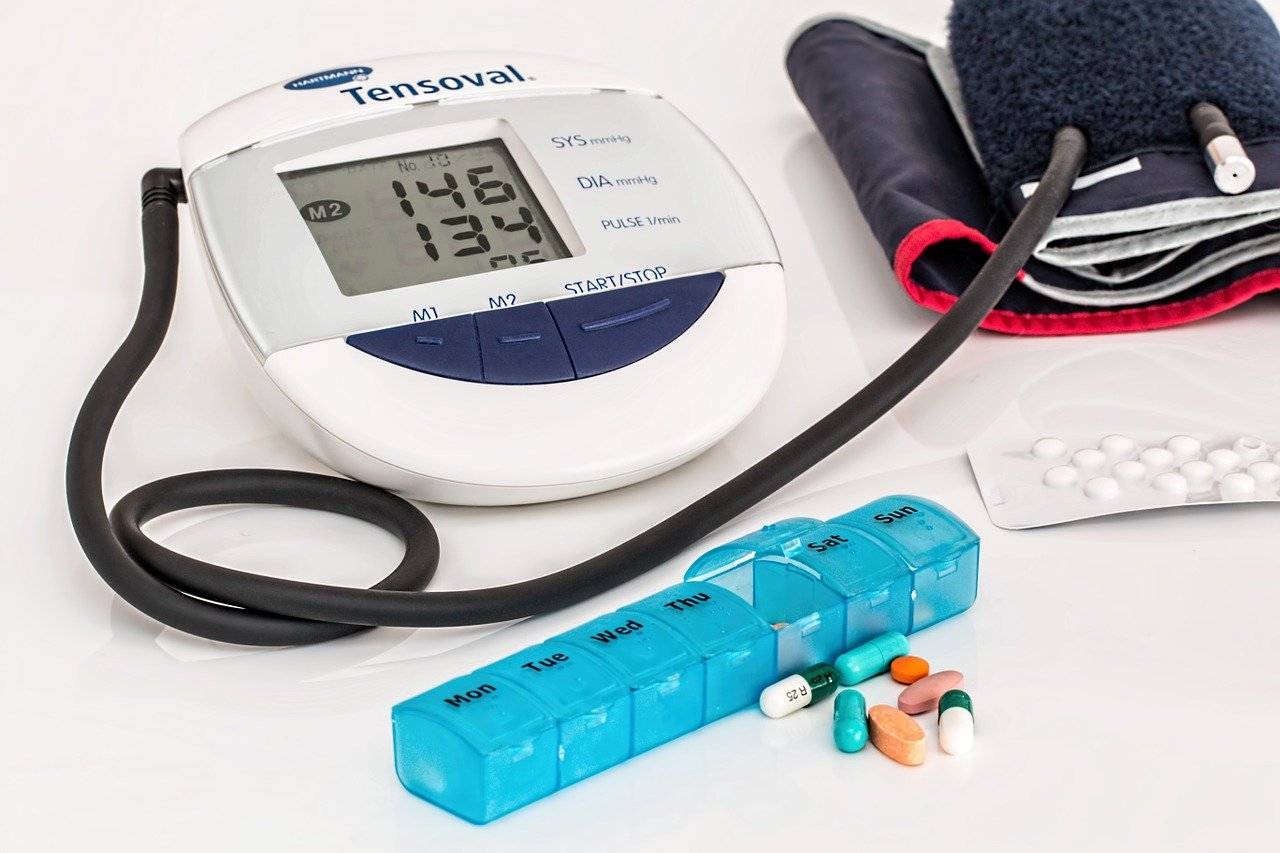The question of whether or not technology is improving our health has been debated for decades. Many people believe that the answer is an unequivocal yes, while others are more skeptical about its effects on us as a society.
Regardless of what you think, there are some things that have improved over time due to advances in technology: diagnostic tools and methods; treatments; availability of information and resources; and access to medical care. Let’s take a look at how these advances may be impacting your health.

Table of Contents
Diagnostic Tools And Methods
There are many diagnostic tools and methods that have made it easier to identify problems before they become worse, or perhaps even prevent them altogether.
Some notable examples include the invention of colonoscopy, ultrasound imaging, advanced MRIs, genetic testing for high cholesterol, diagnostic screening tests for HIV infection and HPV-related cancerous lesions in women, routine mammograms in women over 50, routine prostate-specific antigen (PSA) blood test in older men, biopsy procedures for suspected skin cancers, urine tests for bladder infections to avoid unnecessary antibiotics, self-testing kits for HIV/AIDS patients with full instructions on their use, rapid flu tests that provide results within 15 minutes, special condoms used to collect semen during rape investigations, and new technology that allows for doctors to monitor patients remotely via video.
Bioinformatics
The use of bioinformatics (which refers to using large amounts of biological data) has allowed to improve diagnostics and formulate treatment plans. For example, you can use bioinformatics to match a cancer drug with the patient’s genome to help them avoid adverse reactions.
3D Printing
Before 3D printing, it was much more difficult to create custom-fitted prosthetics because you had to use traditional manufacturing techniques to create them. However, now that we can use printers to mold delicate materials into the shape of virtually any human organ or body part, it has become possible to create transplants for people who otherwise would not be able to afford them.
This technological advance has made it so patients don’t have to wait months or years to receive a transplant, but instead can get one much faster than ever before! The technology doesn’t stop at organs and limbs though—it helps scientists understand how cells work by allowing them to recreate organic tissue in a laboratory setting. This is critical for research of diseases like cancer and Alzheimer’s Disease.
Treatments
There are many types of new treatments being developed each year, some of which have helped many people. Some improvements in cancer treatment include targeted therapies, new drugs that inhibit the growth of tumors, more specific radiation therapy equipment, chemotherapy drugs that have fewer side effects, immunotherapy treatments that work with a person’s immune system to fight off cancer, and improved surgical techniques such as robotic surgery.
Some examples of other disease treatments include antibiotics used to treat bacterial infections; various medications for high blood pressure including beta-blockers and ACE inhibitors; vaccines for hepatitis A and B; an oral insulin pill under development; vaccine for genital herpes; and much more.
Availability Of Information And Resources
It’s easier to find information nowadays, whether it be through the internet or other resources including libraries and community centers. For example, you can use a computer or tablet to research your symptoms online before going to see your doctor.
There are also many resources available that help people better understand their health issues and learn how to live healthier lives. These include websites from medical schools, books from academic publishing companies, fitness apps for mobile devices, smartphone apps with fitness tips and reminders, websites about specific diseases such as cancer or diabetes, sites with sexual health information tailored to teens, disease-specific patient advocates who provide emotional support and helpful advice, various organizations that offer free screenings in low-income neighborhoods, mobile mammography vans that provide free mammograms in rural areas, and much more.
Access To Medical Care
Finally, there are many improvements regarding access to medical care. For example, you can make an appointment online with your doctor’s office or purchase prescriptions through the mail without having to visit your doctor first.
There are also improved insurance policies designed for specific age groups; expanded school physicals; telemedicine (remote medical consultation) programs that allow doctors to diagnose patients over video conferencing; health clinics at airports; mobile health services like wheelchair-accessible pedicabs that bring medical care to people in remote areas; drop-in clinics for urgent problems such as sore throats or high fevers; flu shot clinics held in many places including shopping malls; and much more.
Wearable Technology
Wearable technology has improved over time, to the point where it is now rather ubiquitous. There are smartwatches that monitor vital signs like heart rate and blood pressure; smart glasses that can detect if you’re having a stroke or an epileptic attack; smart devices that monitor your daily activity levels; and even personal e-devices for women that can monitor their menstrual cycles.
All of this data is collected in one place, which allows doctors to make better decisions about how to treat patients—which may include preventative information based on trends they notice in the patient’s medical data.
Robotic Surgery
Robotic surgery is a new and exciting field of medicine that is changing the way surgeries are performed. In robotic surgery, the surgeon controls the surgical instruments using a computer console. This allows for more precision and control than is possible with traditional surgery.
One of the benefits of robotic surgery is that it can be performed using a minimally invasive approach. This means that the surgeon can make small incisions and use tiny surgical instruments to perform the surgery. This leads to less pain and scarring for the patient, as well as a shorter recovery time.
Robotic surgery is also advantageous because it can be tailored to meet the needs of each individual patient. The surgeon can choose the most appropriate surgical approach based on the patient’s unique anatomy, and the instruments can be custom designed for each procedure.
Phones & Tablets
Cell phones and tablets are portable devices that can be used as communication tools as well as for entertainment purposes such as playing games, listening to music, watching TV shows or movies, surfing the internet, taking photos, etc. They connect directly to cellular networks or through wireless networks at home, work, school, or public places like coffee shops.
Doctors are able to view Electronic Health Records (EHR) on smartphones and tablets. EHRs are electronic versions of medical records that include demographic information, past medical history, medications, lab results, etc. They make it easier for doctors to view all the patient’s relevant health information in one place.
Patients can also book online appointments, send messages to doctors, request prescription refills, etc. using their smartphones or tablets.
The internet has made it easier than ever to find health information. There are many online support groups for people who have similar conditions, detailed medical reference websites such as WebMD, informational blogs written by patients and medical professionals, forums where users can ask questions and receive feedback from other community members, etc.
There’s also a wealth of scientific literature available online that includes the latest research papers on various diseases and treatments as well as summaries about current drug trials and safety concerns related to specific medications.
Conclusion
With all the improvements in modern technology, many of us are living longer, healthier lives than ever before and we have all the new resources and information to thank for it. By making information easily accessible, providing new treatments and resources for people to learn how to live healthier lifestyles, and increasing access to medical care for everyone, we can ensure that anyone with a health problem will be able to find help.





